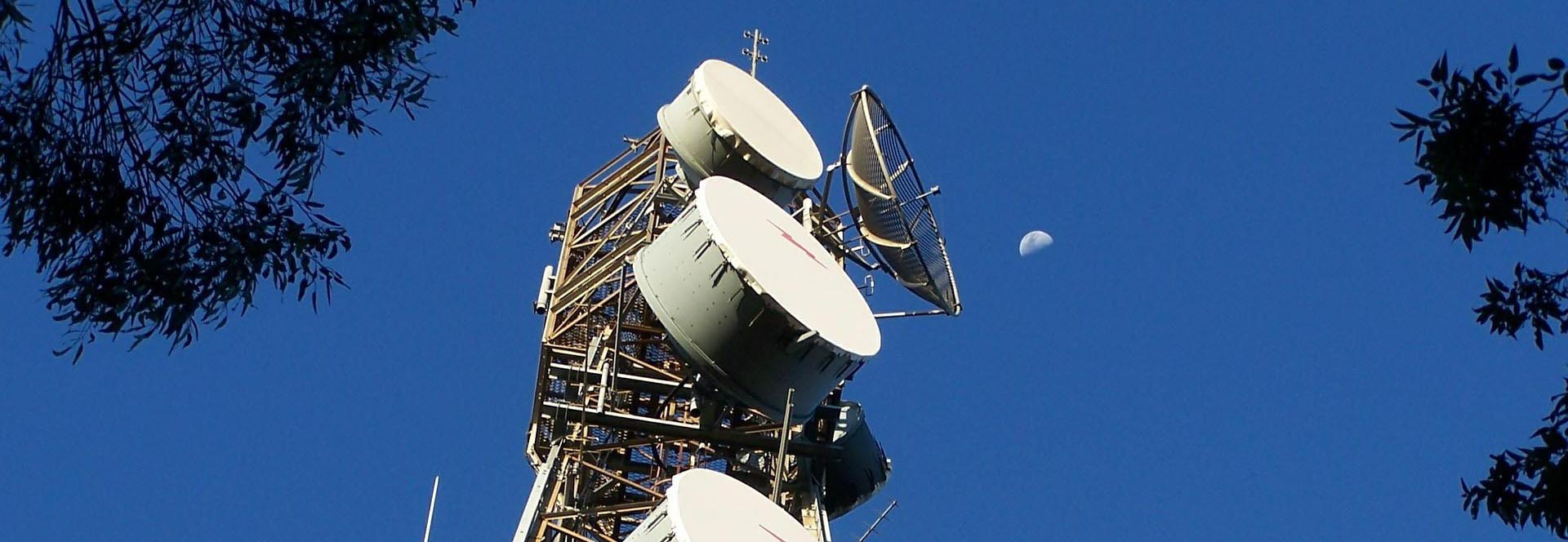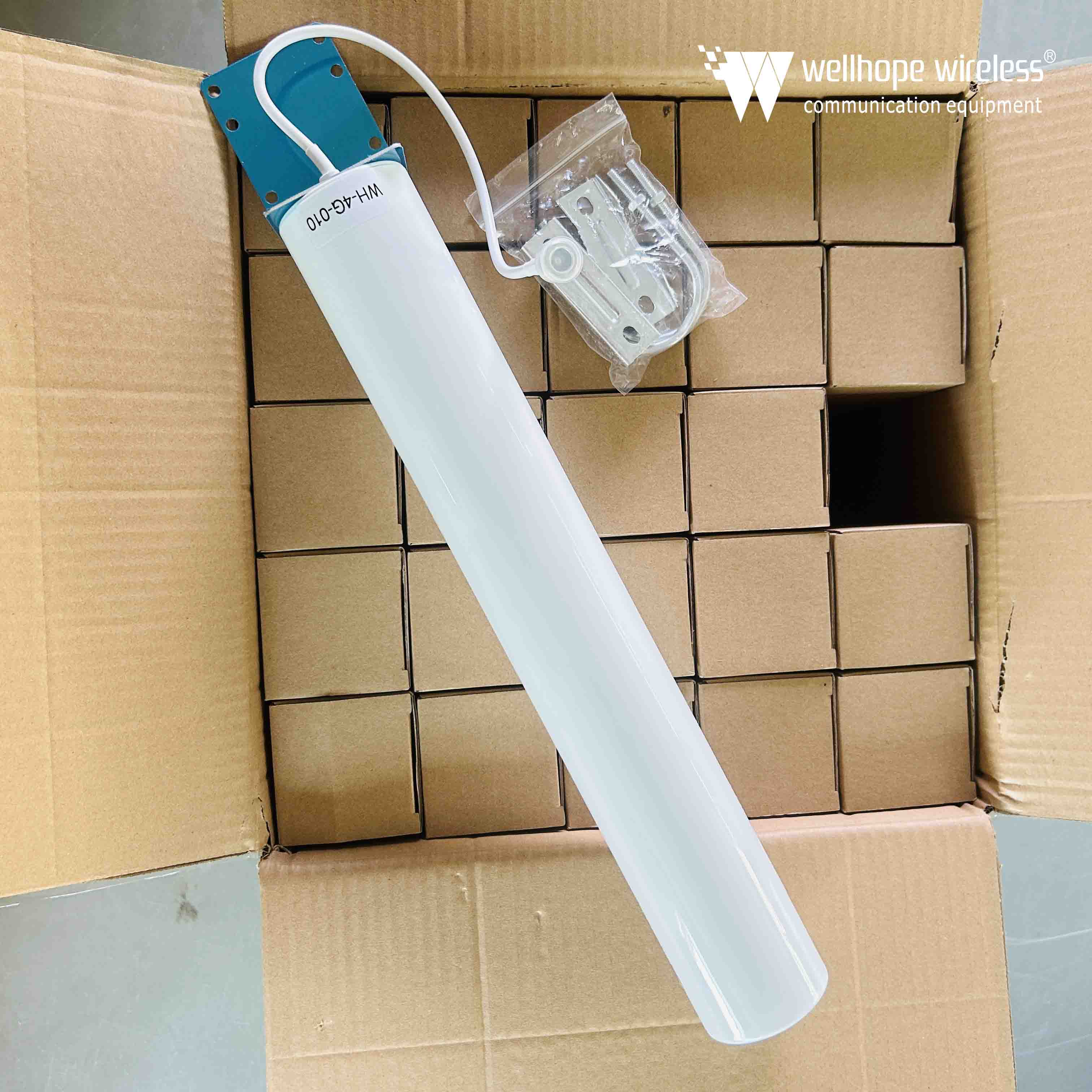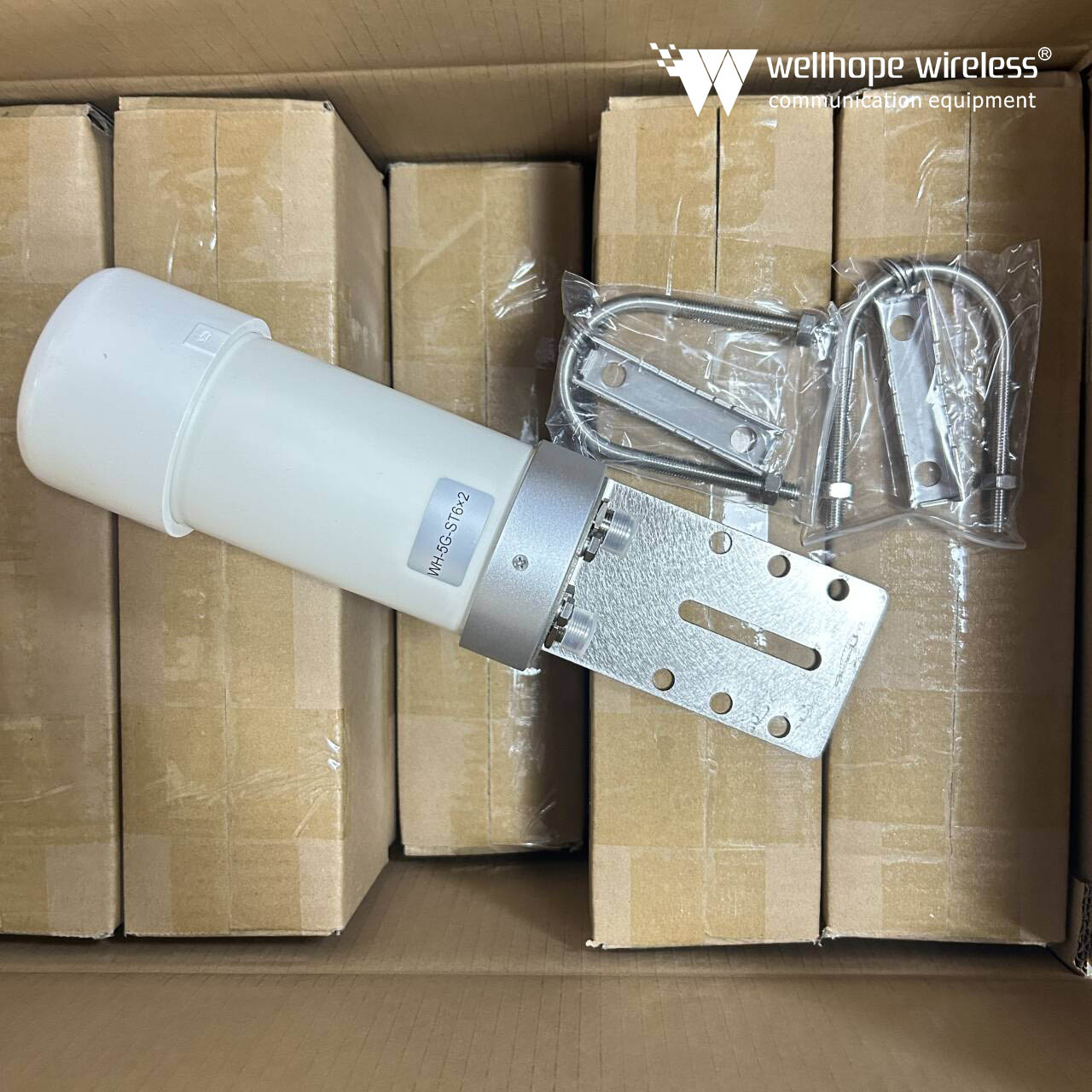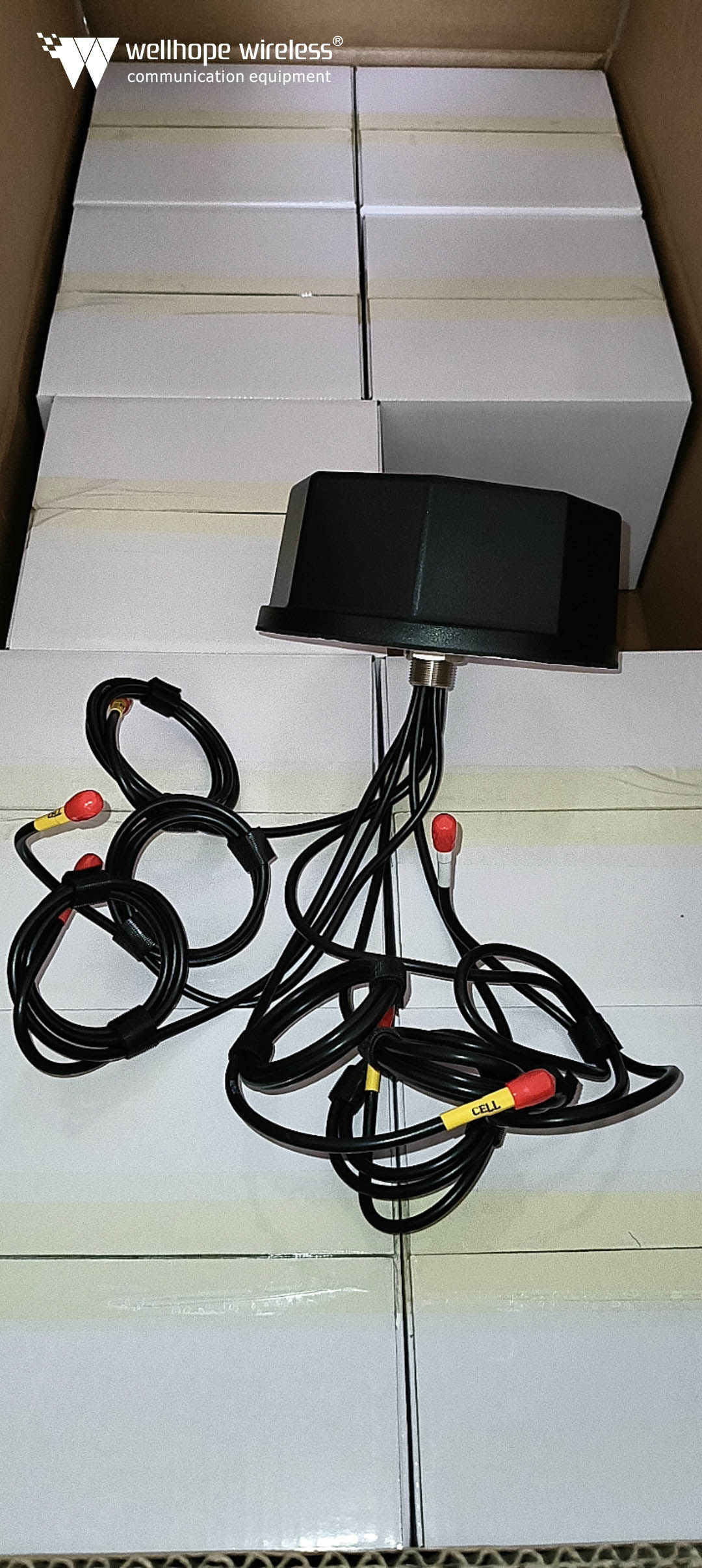Co to jest
Antena
Zysk i czy wyższy zawsze oznacza lepszy?
Szacunkowy czas czytania: 10 minut
Omówmy, czym jest zysk anteny i czy wyższa wartość jest zawsze lepsza. W rzeczywistości zależy to całkowicie od zastosowania anteny. Weźmy na przykład latarkę: jeśli usuniesz reflektor, światło stanie się oczywiście mniej intensywne. Jednak jeśli potrzebujesz wszechkierunkowego źródła światła, aby równomiernie oświetlić pomieszczenie, usunięcie reflektora, aby światło mogło się równomiernie rozprzestrzenić, jest bardziej odpowiednie. Odwrotnie, jeśli celem jest stworzenie lasera, użycie soczewki do skupienia całego światła z żarówki w wąską wiązkę jest niewątpliwie ulepszeniem. Ale ta skoncentrowana wiązka nie nadaje się do oświetlenia całego pomieszczenia.
To zjawisko skupiania światła w określonym kierunku nazywa się kierunkowością, a stopień koncentracji nazywa się wzmocnieniem. W dziedzinie anten te dwa pojęcia zachowują się bardzo podobnie do pojęć źródła światła. Wyobraź sobie
antena
promieniująca energia równomiernie we wszystkich kierunkach, jak świeca; jest to bezkierunkowy izotropowy radiator. Technicznie rzecz biorąc, jest to zdefiniowane jako 0 dBi, co oznacza, że energia promieniowania jest taka sama w każdym kierunku.
Teraz, jeśli umieścisz lustro obok świecy, zmieni ono rozkład energii świetlnej i nada świecy kierunkowość. Lustro sprawi, że połowa pomieszczenia będzie ciemniejsza, a druga połowa jaśniejsza, ponieważ światło jest odbijane i koncentrowane w jednym kierunku. To podejście polegające na „kradzieży” i przekierowywaniu energii z mniej korzystnych kierunków w celu wzmocnienia jej w określonych kierunkach dotyczy również
anteny
.
Dlatego anteny nie generują energii radiowej; one jedynie przenoszą, kierują lub koncentrują ją w określonym kierunku. Ta kierunkowa charakterystyka jest znana jako zysk. Lustro może przekierować połowę energii świecy, sprawiając, że wydaje się ona dwa razy jaśniejsza w określonych kierunkach — co odpowiada dwóm świecom. W tym przypadku mówimy, że lustro zapewnia zysk 3 dB, ponieważ podwaja energię.
Należy wspomnieć, że jednostką miary jest
antena
wzmocnienie to decybel (dB). Jednak zazwyczaj jest ono względne w stosunku do anteny odniesienia. Zazwyczaj intensywność promieniowania anteny dookólnej lub półfalowej anteny dipolowej o tej samej mocy wejściowej w określonym kierunku jest używana jako wartość odniesienia. Gdy jako odniesienie używana jest antena dookólna, jest ona oznaczana jako dBi (i - izotropowa), a gdy jako odniesienie używana jest półfalowa antena dipolowa symetryczna, jest ona oznaczana jako dBd (d - dipol).
Z definicji wzmocnienia anteny możemy wywnioskować, że odnosi się ono do kwadratowego stosunku natężeń pola elektrycznego (tj. stosunku mocy) wytwarzanego przez rzeczywistą antenę i idealny element promieniowania w tym samym punkcie przestrzeni przy równej mocy wejściowej. Ilościowo opisuje stopień, w jakim antena koncentruje i emituje moc wejściową.
Wydajność wzmocnienia
antena
w różnych kierunkach jest reprezentowany przez wzór wzmocnienia anteny (lub wzór promieniowania). Im węższy jest główny płat i mniejsze są boczne płaty wzoru, tym wyższy jest zysk.
Wszystkie anteny wykazują pewien stopień kierunkowości, a zmienność wzmocnienia w różnych kierunkach odzwierciedla tę kierunkowość. Nawet anteny dookólne mają „martwe punkty” lub „zera” w swoich wzorcach promieniowania.
Po zrozumieniu prawdziwego znaczenia wzmocnienia możemy lepiej określić, czy większe czy mniejsze wzmocnienie jest lepsze dla konkretnego zastosowania. Antena o dużym wzmocnieniu, taka jak latarka, musi być skierowana w określonym kierunku. Chociaż antena nie wytwarza nowej energii częstotliwości radiowej, jej kierunkowość skutecznie przesyła sygnał do miejsca docelowego.
Jeśli jednak chcesz
bezprzewodowy
sygnał równomiernie pokrywający całe pomieszczenie, możesz nie potrzebować wzmocnienia ani kierunkowości, którą ono zapewnia. Dzieje się tak, ponieważ wzmocnienie zasadniczo „kradnie” energię promieniowania z pewnych kierunków, aby wzmocnić sygnał w innych kierunkach.


















 Aktualności
Aktualności











